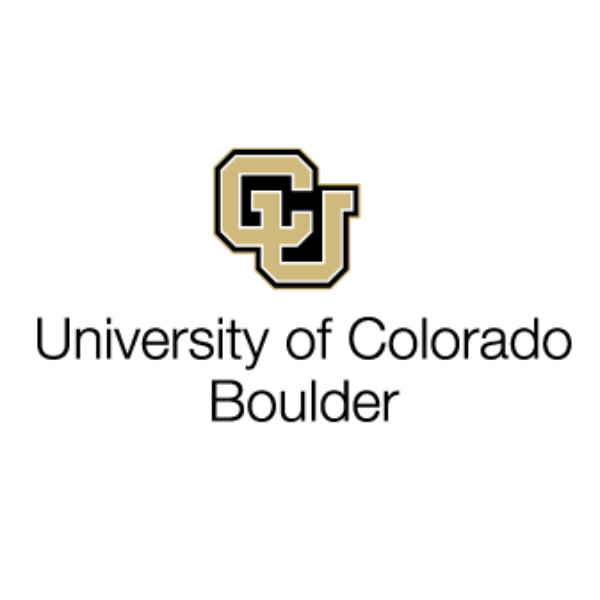University of Colorado Boulder scientists get $7.65 million grant for extensive study
For more than 40 years, scientists from CU Boulder and institutions around the country have braved thin air and often frigid weather to collect samples and data from above 9,500 feet on CU Boulder’s highest campus. The goal: to better understand high-alpine ecosystems in a warming world.
Thanks to a new $7.65 million, six-year grant from the National Science Foundation, that work will continue, making the Niwot Ridge Long Term Ecological Research Project (LTER) the longest-running NSF-funded program at CU Boulder.
“We’re incredibly lucky to be able to study a fairly intact alpine ecosystem so close to Boulder in the Front Range,” said Nancy Emery, lead Principle Investigator (PI) of the project and associate professor of ecology and evolutionary biology. “By having different scientists focusing on the same location, it helps us understand the ecosystem from all perspectives and how it ticks.”
The research has already yielded a rare, uninterrupted record of more than four decades of data on the ecology and biogeochemistry of high-elevation ecosystems, which are especially vulnerable to the impacts of climate change. That data also reveals that Niwot Ridge’s hottest temperatures each year have increased almost 1 degree Fahrenheit (about .5 degree Celsius) each decade since 1980.
The next research question on the agenda: How will the plants and animals living here respond to future warming, and how fast?
The funding for the next six years will support a variety of ongoing projects in ecology, biology, chemistry and engineering, but a central, collaborative focus will be on one that examines how pieces of this high-alpine ecosystem adapt to climate change. Up on the ridge, researchers will cut out pieces of earth like giant brownies, transplant them to lower, slightly warmer elevations, and track how the turfs’ plants and microbes, and the soil, respond.
“There’s a lot of interest right now in trying to understand and predict how quickly things are responding to a warmer world,” said Emery. “What we’re really interested in is: What’s responding to warming? And what determines how fast things respond to warming?”
The Niwot Ridge LTER operates out of the CU Boulder Mountain Research station, a 102-year-old extension of the CU Boulder campus 26 miles west of Boulder, for which the LTER program supports a majority of the research. It is one of the original six NSF-funded long-term ecological research sites founded in 1980, one of only three that have been continuously funded since then, and the only mountain-based (and the highest elevation) site out of 28 sites across the country. It is also responsible for the third-longest record of atmospheric carbon dioxide in the world, and the longest in the continental U.S.
It’s an impressive, ongoing legacy: In the past six years alone, the program has led to the publication of more than 170 scientific papers and trained over 100 CU Boulder students. Since its inception in 1980, over one thousand papers on the science of high-elevation ecosystems have been published as a result of research funded by the program.
For one recent project, researchers hauled thousands of pounds of black sand to the ridge to simulate the not-so-distant future effects of a warming planet on alpine ecosystems. For another, they set up a sensor network array comprised of 16 small towers, to collect extremely detailed data on everything from how water moves throughout the landscape, to plant community composition and soil temperature.
“The sensor network array is an impressive set of instrumentation that’s collecting data that’s unprecedented, especially in high-elevation landscapes. It gives us a lot of insight into how plants are responding to very subtle differences in this landscape,” said Emery.
This ongoing research by the Niwot Ridge LTER also informs the management of beloved sites like Rocky Mountain National Park to the north, as well as important local resources like Boulder’s watershed.
The Niwot Ridge LTER’s Education and Outreach work will continue to provide opportunities for the professional development of graduate students and researchers to communicate their science to public audiences. A new direction for the project going forward includes using art to communicate data and the impacts of climate change on the alpine environment, including a recent needlework collaboration with local Casey Middle School students.
Emery will lead the project’s next six years, along with CU Boulder Co-Principal Investigators Katharine Suding, Eve-Lyn Hinckley, Scott Taylor (director of the Mountain Research Station), and William Wieder, project scientist at NCAR. They will be joined by CU Boulder faculty in the departments of Ecology and Evolutionary Biology; Civil, Environmental and Architectural Engineering; Geography; the Institute of Arctic and Alpine Research (INSTAAR); and Cooperative Institute for Research in Environmental Sciences (CIRES); as well as faculty from Colorado State University, University of Wyoming, Tulane, Chico State University and UC Riverside.
For Emery, an evolutionary ecologist and a plant ecologist, this ability to work with colleagues across disciplines and institutions—from climate and snow scientists to microbiologists—at a site right in Boulder’s backyard, is an unrivaled research opportunity.
“With all of these experts who find common ground at Niwot Ridge, I can understand the impacts of environmental and climate change on alpine plants in a way that I otherwise couldn’t,” said Emery. “That’s really special.”

